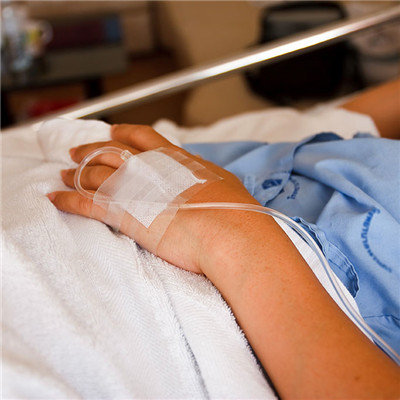Cervical lymphangiocyst symptoms?
summary
Lymphangioma is not a true tumor, but a kind of congenital benign hamartoma. During embryonic development, tumor like malformation occurs when the primitive lymphatic sac of some parts is isolated from the lymphatic system. About half of them were found at birth, and more than 90% were found within 2 years old. The incidence rate of male and female is similar. Cystic lymphangioma occurs in the neck, also known as cystic hydroma. It is the most common in clinic, accounting for about 3 / 4, and the rest is found in axilla, mediastinum, retroperitoneum and pelvic cavity. Cervical lymphangiocyst symptoms? Let's talk about it
Cervical lymphangiocyst symptoms?
The cystic mass in the posterior cervical triangle has the characteristics of spreading to four strikes (supraclavicle and infraclavicle, floor of mouth, tracheoesophageal and mediastinum). More common in infants. They are huge at birth and can grow up gradually.

The cysts are soft, non compressible and transparent. The surface skin is normal and does not adhere. The contents are yellowish transparent or chylous, occasionally bloody. Under the microscope, a large number of lymphocytes containing cholesterol crystals can be seen.

When the cystoma involved the floor of mouth, tongue or pharynx, it may have language, breathing or swallowing disorders. When the cystoma is located on the clavicle, there may be brachial plexus compression, dyskinesia or muscle atrophy. Sometimes the trachea is compressed and displaced.

matters needing attention
Although surgical resection is still the main treatment for lymphangioma, it is not advocated to operate on any type of lymphangioma without evidence. Cervical lymphangioma tends to expand to mediastinum and thoracic cavity, which may cause dyspnea, affect food intake, and fail to be treated by injection. When lymphangioma complicated with infection, it is not suitable for operation, and infection should be controlled first. Intracapsular hemorrhage is not a surgical contraindication.

















